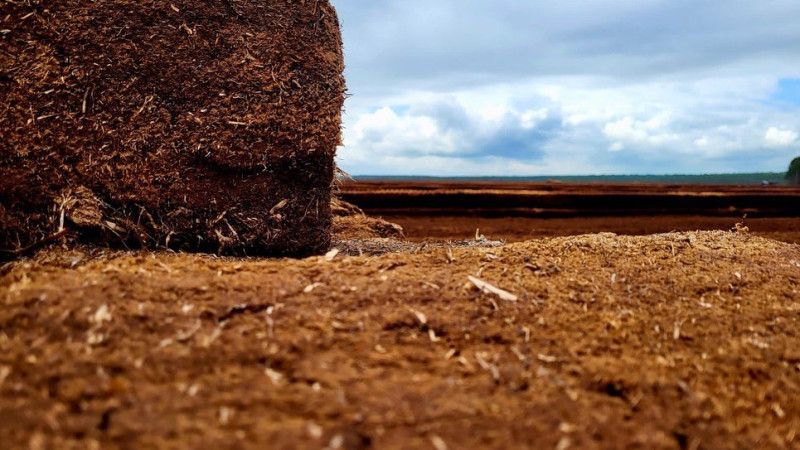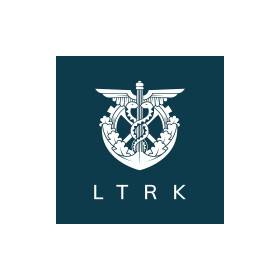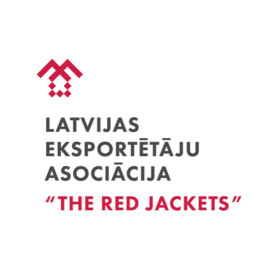In Latvia peat extraction is sustainable. Bogs cover 10% of Latvia's territory, but peat extraction takes place on only 4% of all bogs. Peat extraction is a slow process, taking several decades in a single bog.
Peat in Latvia is a slowly renewable resource, not a fossil resource. Due to Latvia's climatic conditions, approximately 1.6 million tons of peat accumulate annually in natural bogs (assuming an average accumulation rate of 2 mm per year). On average, the peat industry extracts around 0.95 million tons of peat per year. Thus, the annual increase in peat is about 0.65 million tons, making the peat accumulation balance in Latvia positive.
Peat fits into the EU Green Deal. 31% of European professional horticulture for food production relies on Latvian peat. Tree seedlings for reforestation cannot be grown without peat. There are no widely available, environmentally friendly alternatives to peat.
The peat industry produces moderate GHG emissions. Peat extraction and processing generate CO2 emissions, similar to any production process. However, international emission accounting does not consider that:
- The extracted peat is used to produce horticultural substrates. These are used to grow food, tree seedlings, and ornamental plants that sequester carbon from the atmosphere.
- Scientific research has confirmed that actual emissions from peat extraction fields in Latvia are up to twice as low as internationally assumed. Learn more.
- The use of horticultural peat does not create immediate, large-scale emissions like energy peat, which, when burned, generates immediate emissions. International emission accounting does not distinguish between these two types of peat.
Environmental Impact Reduction. Before peat extraction, an Environmental Impact Assessment is conducted to mitigate impacts. Additionally, post-extraction use of peat fields is planned from the outset.
*According to guidelines developed by the Ministry of Environmental Protection and Regional Development for the Sustainable Use of Peat 2020-2030 and data from the Latvian Peat Association.








